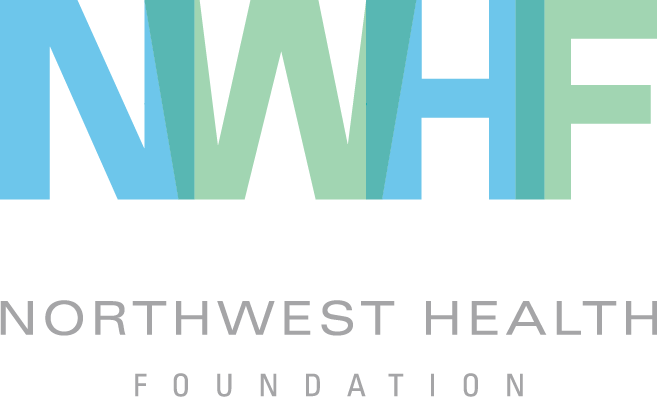The UnWind: Investing in the People and Relationships that Sustain the Work
/None of us can improve the health of our region alone. We need an ecosystem of community-led organizations working together to change systems that pose barriers to health.
With this in mind, and to honor the charitable intent of a gift Kaiser Permanente Community Fund received from the estate of Ronald Culver, Northwest Health Foundation and Kaiser Permanente Community Fund (KPCF) organized the UnWind.
Community-led organizations’ most valuable asset is people-power. The skills and talents people offer to their communities have the potential to create a vibrant, healthy and fulfilling future for everyone.
“I truly believe this was a worthy investment in our communities’ most dedicated and awesome leaders and our communities will reap benefits form the change our leaders will strive for and implement. And prioritizing care is a step in the direction of changing systems and institutions to be more resilient, inclusive and culturally responsive.”
This work is difficult and often frustrating. It’s not easy to change systems, especially when organizations have access to limited resources. Staff, board members and volunteers burn out and leave movement work. Tension develops between individuals and between organizations.
KPCF knows we’re all stronger when we work together.
The UnWind brought leaders of color from community-led organizations together to build relationships and learn self-care skills, to sustain their interest in and energy for this work for the long-term.
“Walked away feeling like our org has allies we can collaborate with, gave me a sense of strength in unity. We developed a network that will hopefully continue for the rest of our careers.”
Two UnWind cohorts convened in a series of three retreats over 10 months. Each cohort was comprised of up to 20 people, representing 10 organizations selected through an invited application process. Each organization was invited to send two individuals, including community members, staff, board and/or individuals important to that group (e.g. donors, collaborative partners, “competitors,” allies).
A pair of incredible facilitators, Amy Carlson and Michelle Johnson, led these groups in conversation, guided meditation, and techniques for reflective practice. These activities were designed to pull people together across organizations, weaving a cloth of leaders and organizations supportive of one another, preparing them to strategize and change systems together in the future.
“We don’t have enough time to stop and get to know each other more, so this experience was invaluable and will transform the way we show up as partners and friends.”
There are some things that we ought not leave to chance. One of these is cultivating trusting and respectful relationships among community leaders as we confront tough social challenges together.
Kaiser Permanente Community Fund knows a people-powered movement is critical to organizations, collaboration and systems change:
We invest in the skills and talents people offer to their communities, amplifying their efforts to create a vibrant, healthy, and fulfilling future for everyone.
We believe health is best created by collaborative efforts that are led by people in their own communities and meaningfully include people who face the greatest barriers.
We accelerate change to create the conditions for health in our neighborhoods, schools, and workplaces.
We have created a growing network of collaborators who unite their neighbors and nurture more active, connected lives.
We invest in the long-term success of our partners, setting the stage for them to refine their approach and share their ideas.




















